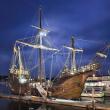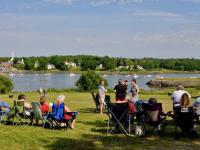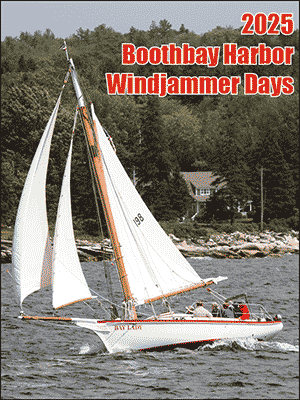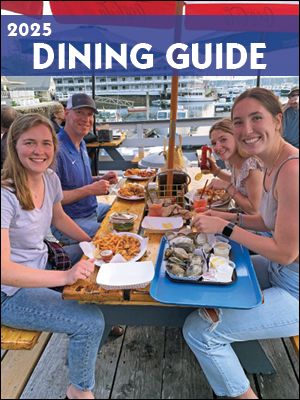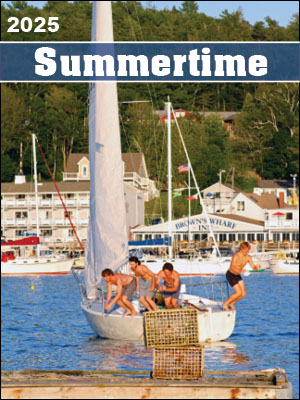16th-century Spanish maritime history comes to Boothbay Harbor
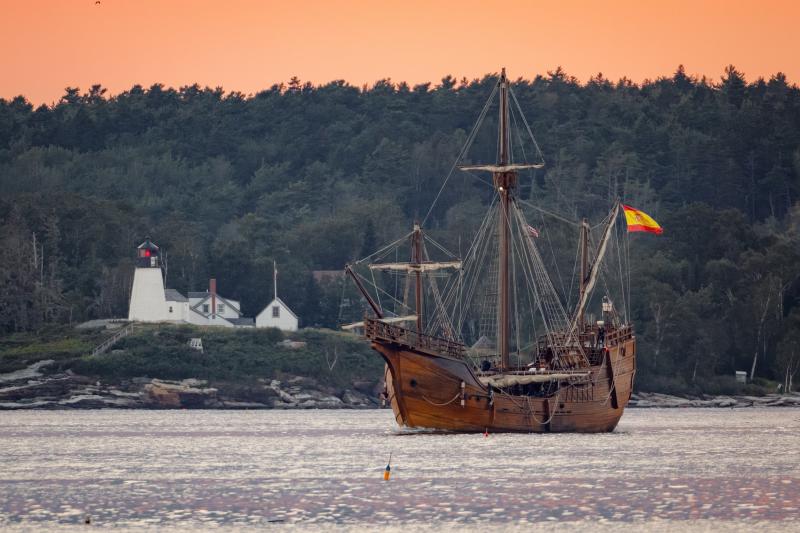 Nao Trinidad leaves the harbor on Sunday, Aug. 27. Mike Leonard photo
Nao Trinidad leaves the harbor on Sunday, Aug. 27. Mike Leonard photo
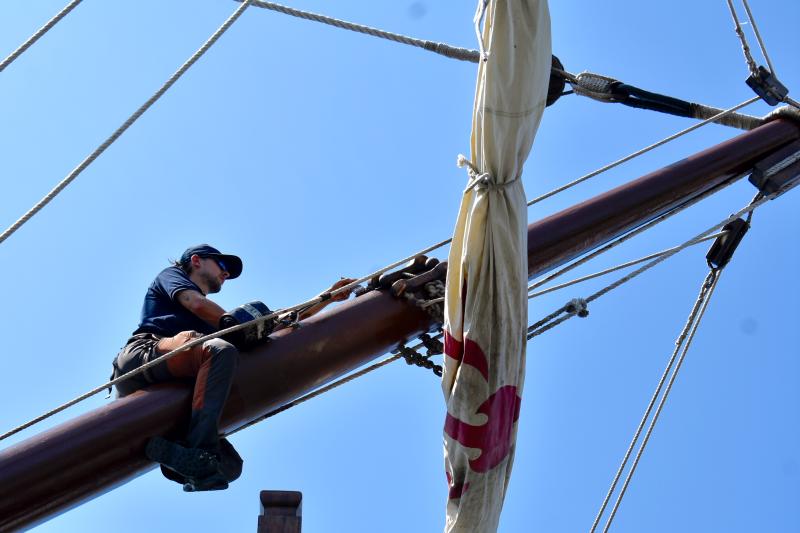 A crew member performs maintenance on the ship’s bowsprit. FRITZ FREUDENBERGER/Boothbay Register
A crew member performs maintenance on the ship’s bowsprit. FRITZ FREUDENBERGER/Boothbay Register
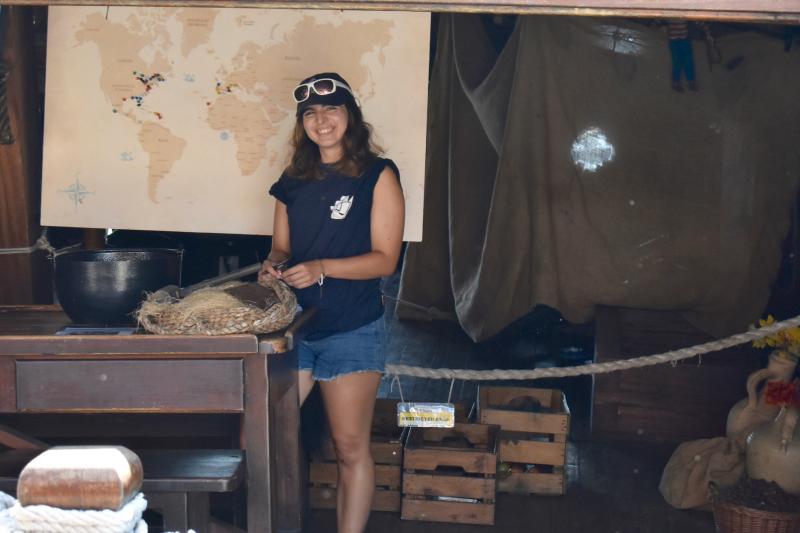 Sailor Veronica Peral onboard the ship. FRITZ FREUDENBERGER/Boothbay Register
Sailor Veronica Peral onboard the ship. FRITZ FREUDENBERGER/Boothbay Register
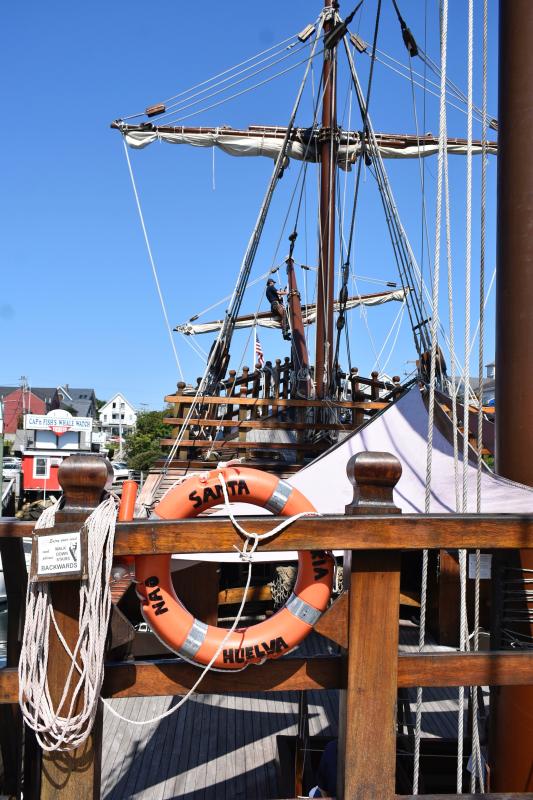 FRITZ FREUDENBERGER/Boothbay Register
FRITZ FREUDENBERGER/Boothbay Register
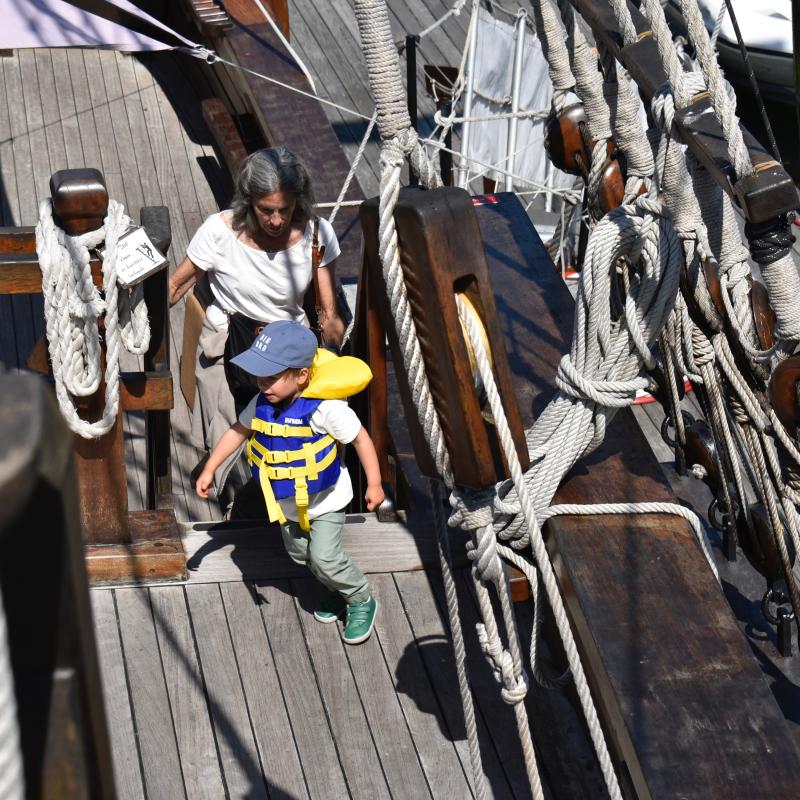 FRITZ FREUDENBERGER/Boothbay Register
FRITZ FREUDENBERGER/Boothbay Register
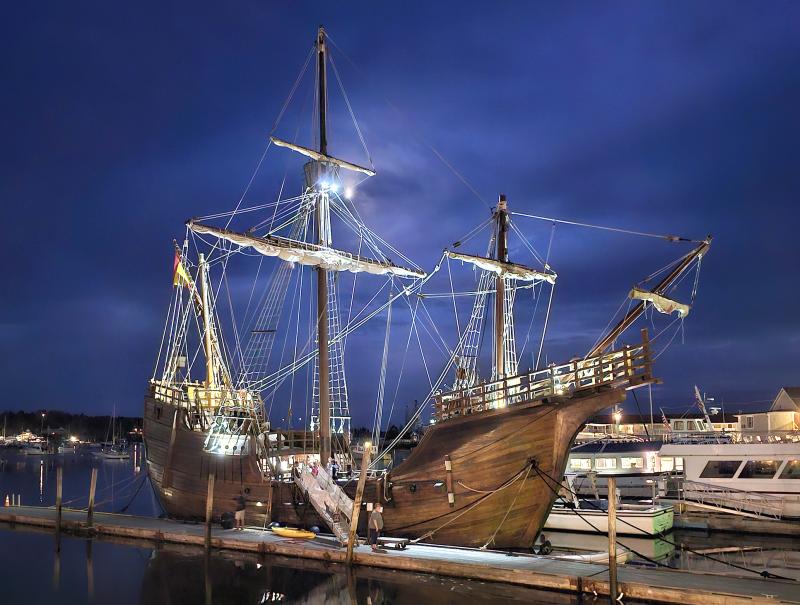 Sean McDermett photo
Sean McDermett photo
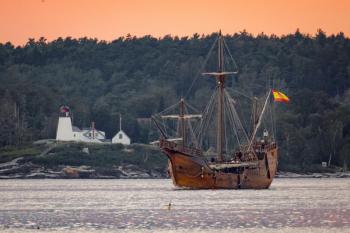 Nao Trinidad leaves the harbor on Sunday, Aug. 27. Mike Leonard photo
Nao Trinidad leaves the harbor on Sunday, Aug. 27. Mike Leonard photo
 A crew member performs maintenance on the ship’s bowsprit. FRITZ FREUDENBERGER/Boothbay Register
A crew member performs maintenance on the ship’s bowsprit. FRITZ FREUDENBERGER/Boothbay Register
 Sailor Veronica Peral onboard the ship. FRITZ FREUDENBERGER/Boothbay Register
Sailor Veronica Peral onboard the ship. FRITZ FREUDENBERGER/Boothbay Register
 FRITZ FREUDENBERGER/Boothbay Register
FRITZ FREUDENBERGER/Boothbay Register
 FRITZ FREUDENBERGER/Boothbay Register
FRITZ FREUDENBERGER/Boothbay Register
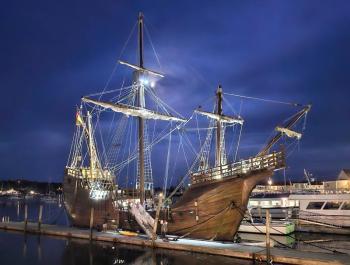 Sean McDermett photo
Sean McDermett photo
Imagine sailing a replica of a 500-year-old ship around Manhattan. Waves splash against the creaking wooden hull as you glide past the Statue of Liberty, waving back to people watching from the Brooklyn Bridge, all while listening to Frank Sinatra’s “New York, New York.” That’s how Regino Hernanz describes the best experience of his life.
Hernanz, who is from Spain, is part of a crew sailing the Spanish ship Nao Trinidad around the U.S. He and the crew visited Boothbay Harbor Aug. 22 to 27.
According to the Spanish non-profit organization that runs the Nao Trinidad, it is a replica of the flagship of the Magellan-Elcano expedition that sailed between 1519 and 1522, the first expedition to circumnavigate the globe. The modern-day ship was built in Spain and launched in 2018 as an educational experience.
"We exist to spread the Spanish maritime heritage all over the world," said Marina Quesada, project manager.
Since coming to North America, the ship has traveled from Puerto Rico, north to Quebec and inland into the Great Lakes and Minnesota. This year, it came to Boothbay Harbor from Rhode Island.
"We just love it because it’s one of the most beautiful towns we’ve ever been (to),” she said. “It’s just beautiful. The people are awesome. Yesterday they brought us some lobsters for dinner. So, that kind of hospitality, we love it from Boothbay. You don't find that hospitality everywhere you go."
According to Quesada, the ship is manned by a volunteer crew of 10-15 sailors. Their mission is to teach people about maritime history and what it may have been like to sail 500 years ago with a mission to sail around the world.
"I like to compare it to the trip to the moon,” she said. “Back at the time, (we) weren't sure that the world was actually round. You didn't have any GPS or weather forecasts. So, with this kind of ship, without an engine or a GPS, they were brave enough to jump on this adventure just to prove to the rest of the world that you could actually sail those seas or establish new commercial routes. That’s brave for them. We are where we are now thanks to them, so we love to point that out."
The ship is a historical replica, including square sails and a wooden construction. The crew even steers it with a whipstaff, the predecessor to the ship’s wheel. Quesada said the sailors practice using tools from the 1500s; but just for fun, they have everything a modern yacht would have. It has many features such as a GPS, galley, and engine, which is required by the Coast Guard. The crew also sleeps inside the ship, a significant improvement from when historical sailors had to sleep on the deck to reserve cargo space.
That does not make sailing a more than 500-year-old design easy, according to crew members. With square sails and historical construction, it can be hard to navigate. Quesada said it takes a lot of fighting to control the ship in rough weather, and up to four crew members to steer.
Hernanz said the experience is exciting and a dream come true.
"The moment you feel this ship stop the engines and you open all the sails, you feel like you are flying over the water, jumping in this big, gorgeous and curvy lady that is the Nao Trinidad,” he said. “I cannot explain it by words, you need to feel it ...”












